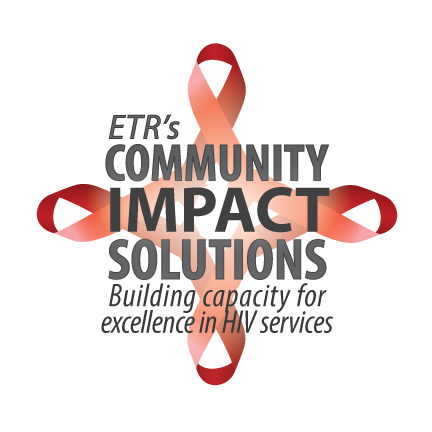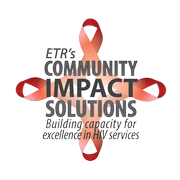Community Impact Solutions Project (CISP)
We regret to inform you that the following online courses are no longer available: HIV Fundamentals, Measurement & Evaluation, Understanding the HIV Lifecycle, and PrEP & PEP Education and Support.
For more updated and recent courses for the HIV workforce, we encourage you to visit ETR's National HIV E-Learning Training Center and CDC Train, which offers access to thousands of public health training opportunities–many with free CE.
Thank you for your time and interest in our training materials.
 Funder
Funder
CDC-DHAP
PI(s)
Description
ETR’s Community Impact Solutions Project (CISP) works to strengthen the capacity of the HIV workforce to plan, implement, and sustain community high-impact HIV prevention interventions and strategies. We support prevention with HIV positive individuals, high-risk negative individuals, and Organizational Development and Management to community-based organizations. CISP applies a blended learning approach driven by the Adult Learning Theory to ensure all CBA is effectively addressed in this way. The CISP CBA cycle includes 5 phases:
- Assess and Plan
- Design and Deliver
- Engage and Market
- Support and Coordinate
- Monitor and Evaluate.
CISP focuses on providing organizations with state-of-the-science information, training, and technical assistance to increase the HIP alignment and the impact of their programs.



